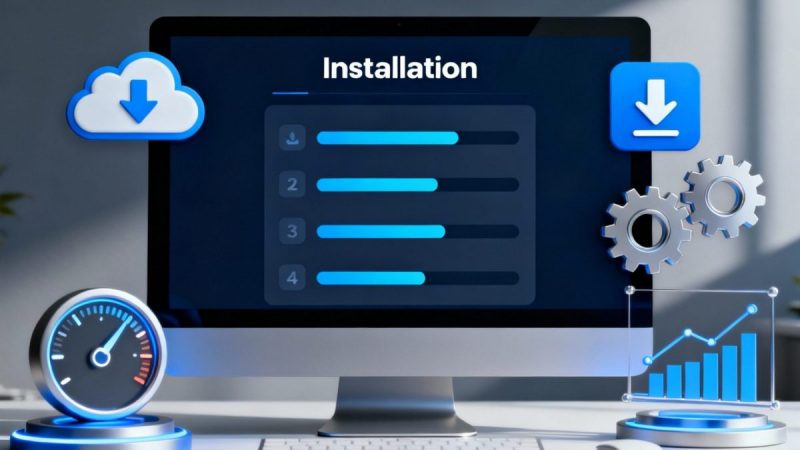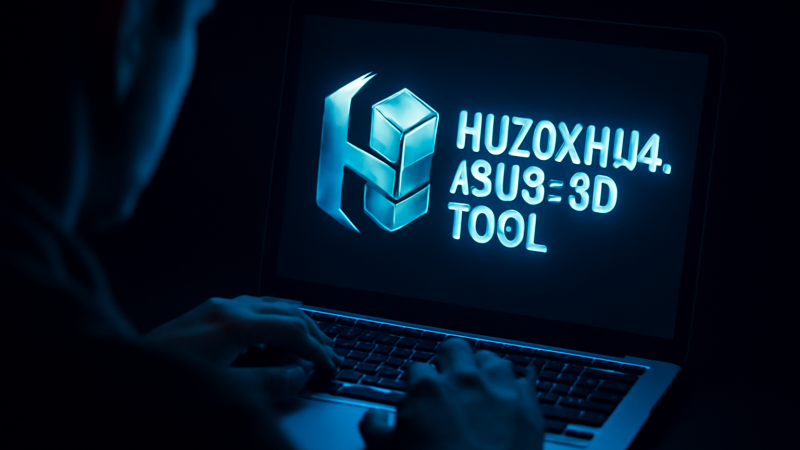SFM Compilation Guide for Animators & Game Developers

Source Filmmaker (SFM) has become a powerhouse tool for animators, game developers, and digital artists across the globe. However, while SFM offers endless creative possibilities, its complexity can sometimes become a barrier, especially when dealing with the technical aspects of asset preparation. One crucial skill every SFM user needs to master is compilation, or the process of converting raw assets into formats SFM can utilize.
This comprehensive guide will cover everything you need to know about SFM compilation—from understanding its importance, navigating the process, and identifying essential tools, to leveraging advanced techniques that optimize workflows.
What Is SFM Compilation?
At its core, SFM compilation refers to transforming raw assets like models, textures, and animations into compatible formats for Source Filmmaker. Without this step, custom assets won’t function correctly, resulting in missing textures, incomplete animations, or errors preventing assets from loading.
Key file types involved in SFM compilation include:
- Models (.FBX, .OBJ → .MDL)
- Textures (.PNG, .TGA → .VTF, .VMT)
- Animations (.DMX, .SMD → .ANI, .VCD)
- Maps (.VMF → .BSP)
By compiling assets properly, these elements are optimized for SFM’s engine, ensuring compatibility and smooth operation.
Why Is SFM Compilation Important?
Proper compilation is essential to bring ideas to life in SFM. It bridges creative vision and technical execution. Here’s why it matters:
- Smooth Animation Performance: Compiling reduces rendering lags and improves playback.
- Correct Asset Display: Textures, models, and animations render as intended.
- Cross-Platform Compatibility: Compiled assets integrate smoothly into various SFM projects.
- Optimized Workflow: Smaller file sizes and optimized formats make asset management easier.
Understanding the SFM Compilation Process
The process of SFM compilation may seem intimidating at first, but breaking it down step-by-step simplifies the workflow:
1. Preparing Assets
Before anything, your models must be UV-unwrapped, textured, and rigged in 3D software such as Blender or Maya. Ensure animations are properly keyframed and maps are finalized.
2. Exporting to Supported Formats
Models should be exported as .SMD or .DMX, textures as .PNG or .TGA, and animations as .SMD or .DMX. Maps should utilize the .VMF format.
3. Writing a QC File
The QC (QuakeC) file is the heart of SFM compilation. It acts as a script that instructs SFM on how to process models, materials, and animations. Important parameters include:
- Texture paths for locating skin files.
- Hitboxes for defining interaction areas.
- Animation sequences for actions like walking, idle, or jumping.
4. Using Compilation Tools
Special tools simplify the process of converting raw formats into SFM-supported files:
- Crowbar: The go-to tool for compiling models.
- VTFEdit: Converts textures into
.VTFand.VMTformats.
5. Testing and Troubleshooting
After compiling, always test assets in SFM. Missing textures or animations that don’t play? Double-check QC files and directory paths. Community forums are a great resource for troubleshooting.
Essential Tools for SFM Compilation
To master SFM compilation, familiarize yourself with these core tools:
Crowbar
Crowbar is the gold standard for compiling models into .MDL format. It offers:
- A user-friendly interface for compiling QC files.
- Decompiling features to inspect existing models.
- Batch compilation for improved efficiency.
VTFEdit
VTFEdit converts raw images (e.g., .PNG, .TGA) into Valve Texture Format (.VTF) and generates material files (.VMT). These files house shaders and define how textures interact with light.
Optimizing the SFM Compilation Workflow
Efficiency plays a crucial role when handling large files or extensive animations. Here are ways to optimize your workflow:
Batch Compiling
For big projects, batch compiling reduces time spent individually processing assets. Crowbar has built-in features to compile multiple QC files in one go.
Adjusting QC File Settings
Advanced features in QC files allow customization such as:
- Level of Detail (LOD) for scalable models.
- Physics Meshes to integrate collision data.
Advanced Techniques for SFM Compilation
Once you’ve mastered the basics, explore advanced techniques to take your animations to the next level:
Motion Capture Integration
Using motion capture data introduces hyper-realistic movements. Tools like Blender’s .BVH importer can convert this data into SFM-supported formats.
Automating with Python Scripts
Python scripts streamline repetitive tasks like updating file paths in QC files or batch-renaming textures. Automating these tasks saves hours over long projects.
Common SFM Compilation Problems and Fixes
Encountering errors during compilation is common. Here are a few typical issues and how to address them:
Problem | Solution |
|---|---|
Missing textures | Ensure correct paths in QC and |
Choppy animations | Increase keyframes for smoother playback. |
Model not loading | Double-check exported formats and QC details. |
Animation not playing | Define sequences correctly in QC files. |
Rigs collapsing | Verify rigging before export. |
Building a Supportive Community Through SFM
The beauty of SFM doesn’t stop at the films you create; it extends into the vibrant community of animators who share assets, scripts, and tutorials. Platforms like the Steam Workshop and animations forums are invaluable for collaboration and troubleshooting.
Unlock Your Potential with SFM Compilation
SFM compilation is a foundational skill for animators, blending creativity with technical expertise. With a clear understanding of tools, processes, and advanced features, you’ll be well-equipped to create stunning animations. Start compiling your ideas today, and watch your imagination come to life in Source Filmmaker.
Looking for more help? Check out tools like Crowbar and VTFEdit to streamline your workflow, and always keep experimenting!






